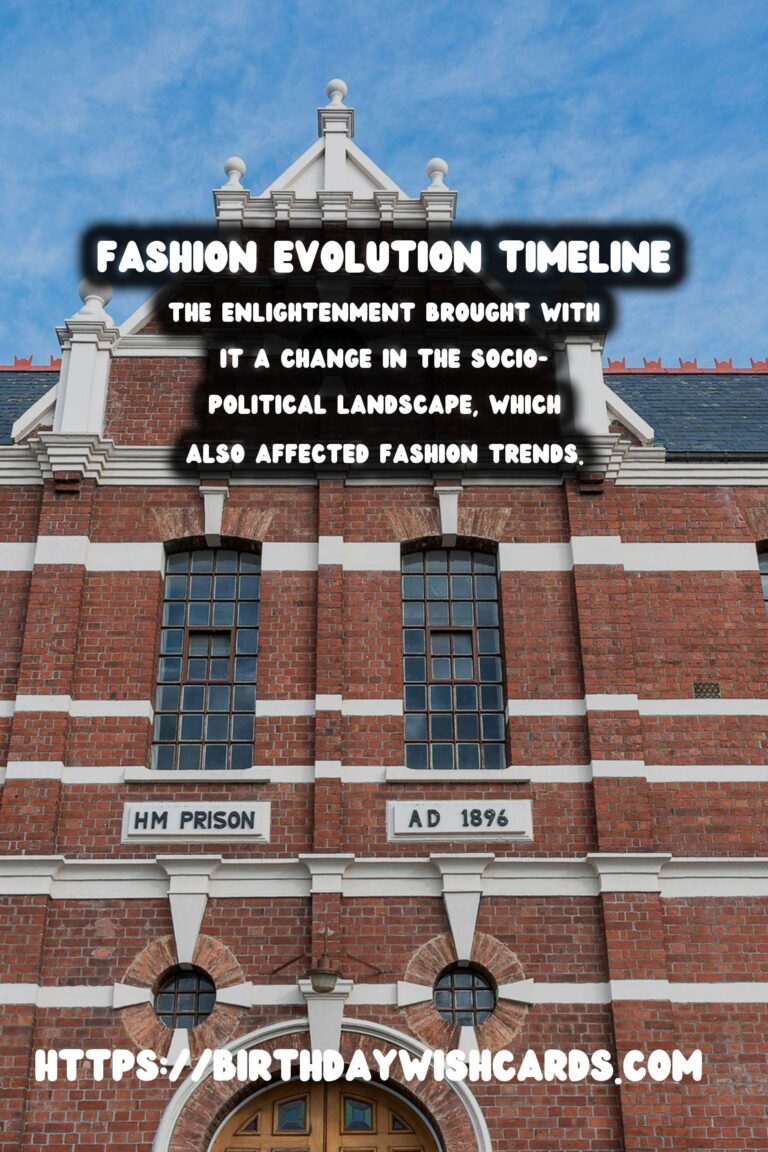
Fashion is not just a way to cover the body; it is a language that speaks volumes about a society’s culture, economy, and art. From the majestic robes of the ancient Egyptians to the elaborate gowns of the European aristocracy during the Enlightenment, each era presents a fascinating chapter in the history of fashion. Let us take a journey through time to explore how fashion evolved over the centuries and the factors that influenced these changes.
Fashion in Ancient Civilizations
In ancient times, fashion was deeply tied to social status, religion, and practicality. The Egyptians are perhaps the most celebrated ancient civilization for their distinctive style. Linen was the fabric of choice due to its light and breathable nature, ideal for the hot climate. Both men and women adorned themselves with jewelry, signifying wealth and status. Elaborate headdresses and wigs were also in vogue, highlighting the importance of ceremonial attire.
Meanwhile, in ancient Greece, fashion was characterized by the use of wool and linen, draped elegantly in the form of chitons and himations. The Greeks emphasized beauty and simplicity, which was reflected in their philosophical outlook towards life. Their Roman counterparts, however, were heavily influenced by Greek fashion but introduced more structured garments like the toga and the tunic, which became symbols of Roman citizenship.
The Middle Ages: A Period of Transition
The fall of the Roman Empire heralded a shift in fashion trends. The Middle Ages marked a period where utilitarian needs often took precedence over aesthetics. But by the 12th century, the Crusades had opened up trade with the East, bringing in exotic fabrics like silk, which revolutionized European fashion. Clothing began to reflect social hierarchies and was used to express wealth and power.
By the 14th century, clothing had become more form-fitting, thanks to technological innovations like the button. This era also saw the emergence of sumptuary laws, which dictated what different classes could wear, further cementing clothing as an indicator of social status.
The Renaissance: A Flourishing of Fashion
The Renaissance was a period of rebirth not only in the arts and sciences but also in fashion. This era witnessed the introduction of new materials, colors, and designs, resulting in some of the most extravagant clothing seen in history. Doublets, stockings, and billowing sleeves for men, and corseted bodices and voluminous skirts for women defined this period.
Fashion became more opulent, reflecting the period’s art and cultural movement. Fabrics like velvet and brocade were extensively used, and garments were often embroidered with gold and silver threads. This era also saw the birth of tailoring, making clothing fit better and look more sophisticated.
The Enlightenment: Fashion Moves Forward
The Enlightenment brought with it a change in the socio-political landscape, which also affected fashion trends. Clothing styles became more relaxed and less ornate. This shift was partially due to the influence of thinkers who prioritized reason over tradition. Men’s fashion in particular became more understated, with the rise of the three-piece suit.
Women’s fashion also saw significant changes, with informal styles gaining popularity and the introduction of the ‘robe à la française’. The focus was on comfort as much as style, setting the stage for modern fashion trends. The Enlightenment emphasized individuality in fashion, encouraging creativity and personal expression.
Conclusion
From ancient draped clothing to the structured garments of the Enlightenment, fashion has been a visual representation of the world’s evolving cultures and philosophies. It continues to evolve, influenced by technology, globalization, and cultural exchanges, while retaining echoes of its storied past.
Fashion is not just a way to cover the body; it is a language that speaks volumes about a society’s culture, economy, and art. The Enlightenment brought with it a change in the socio-political landscape, which also affected fashion trends. 
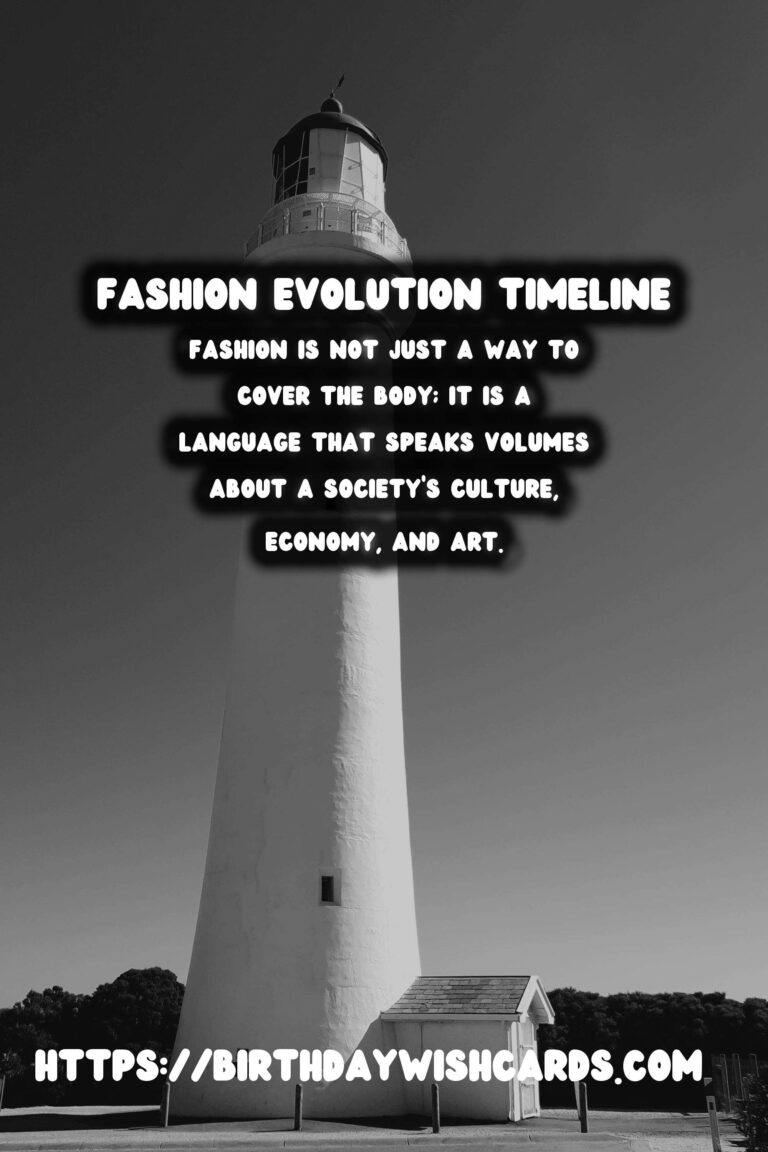
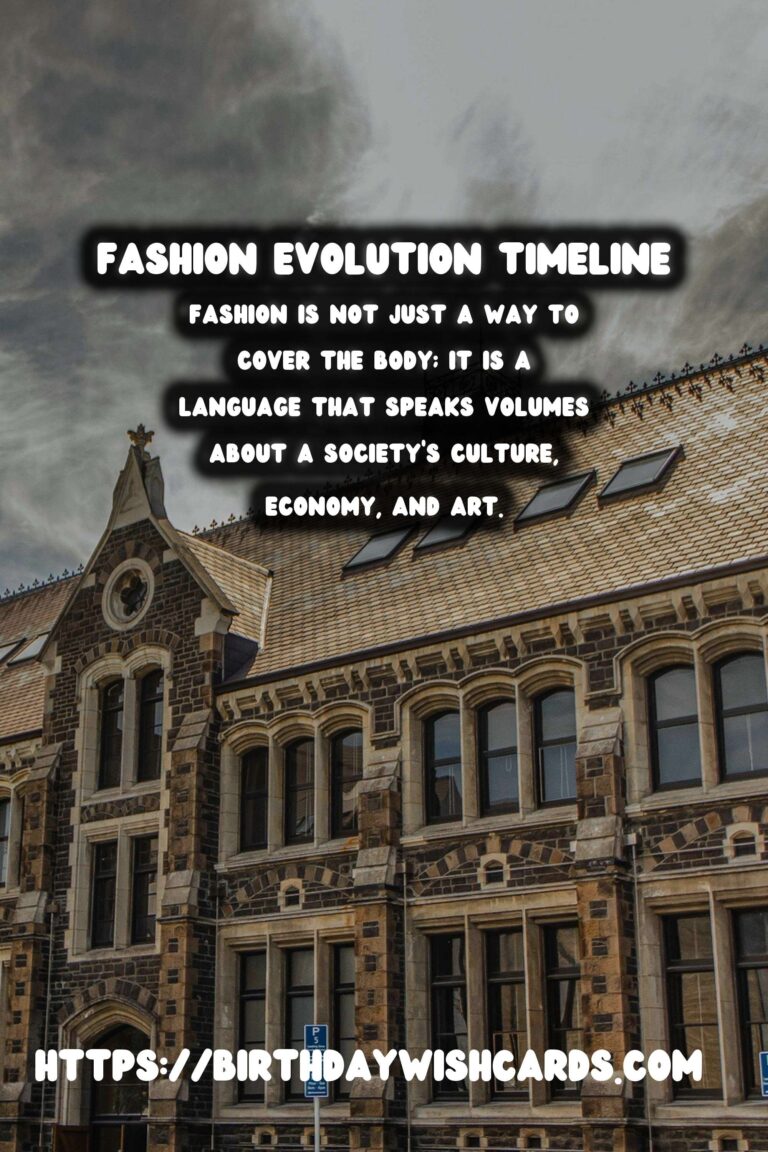
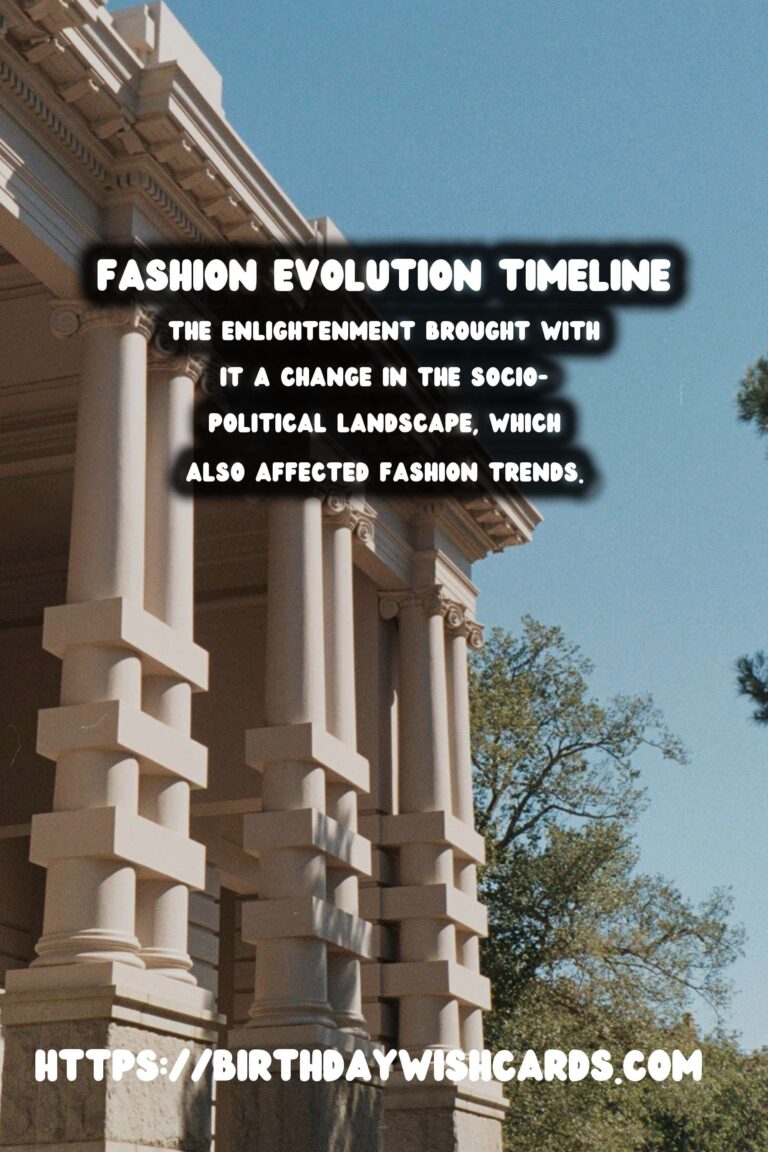
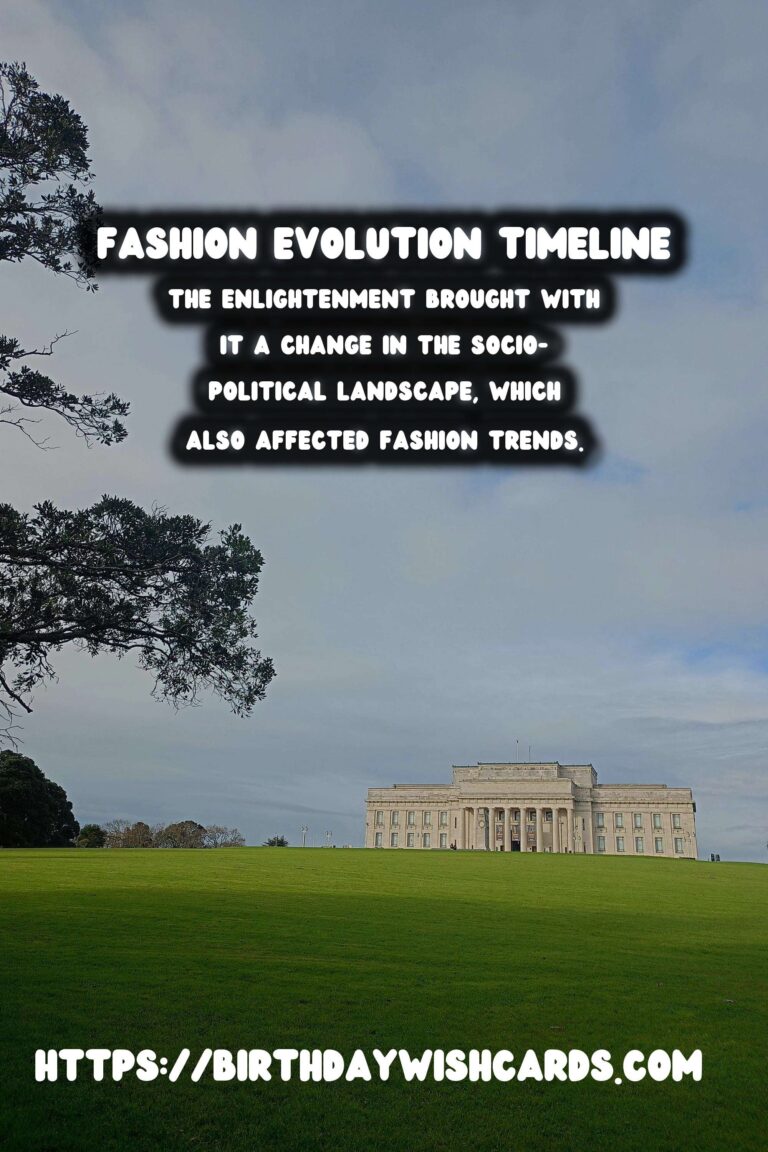
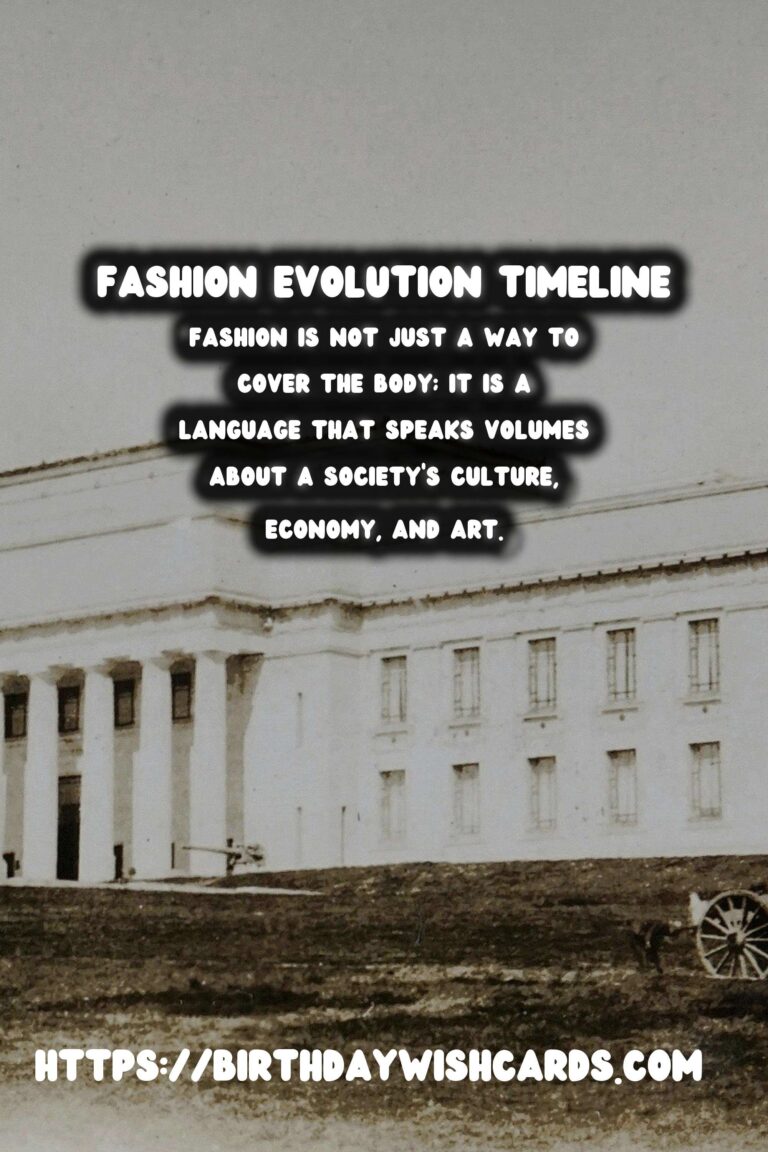
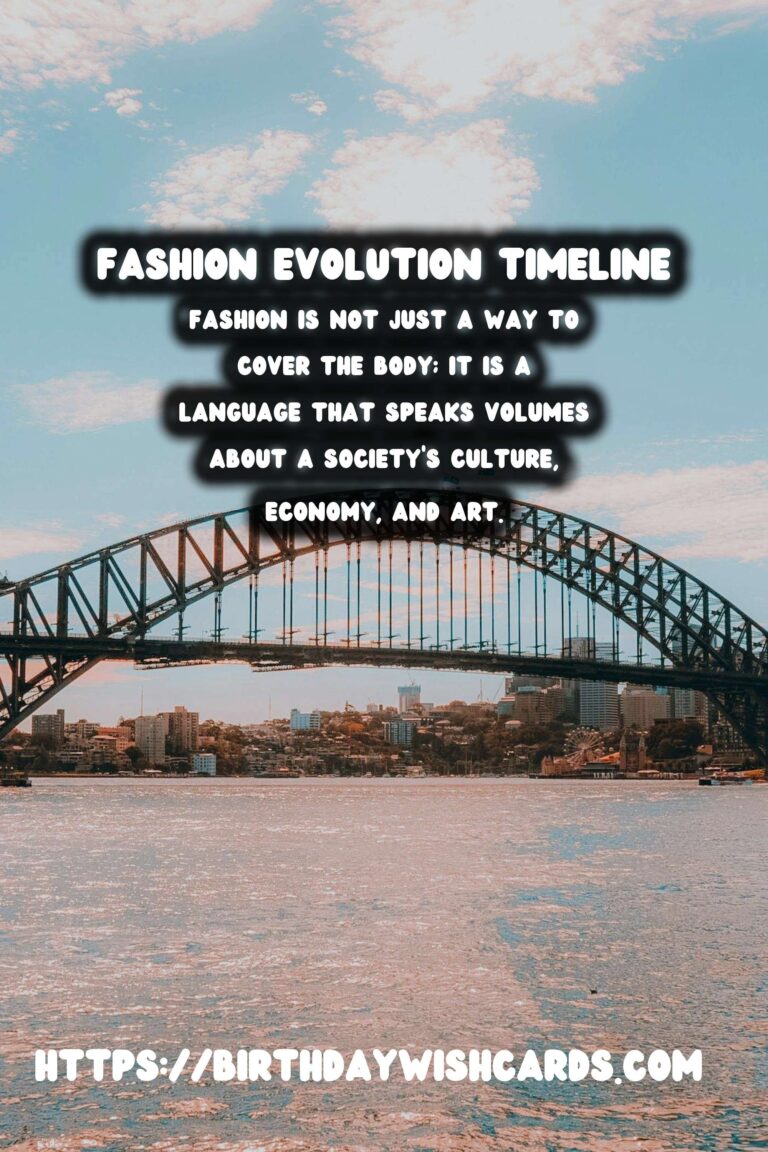
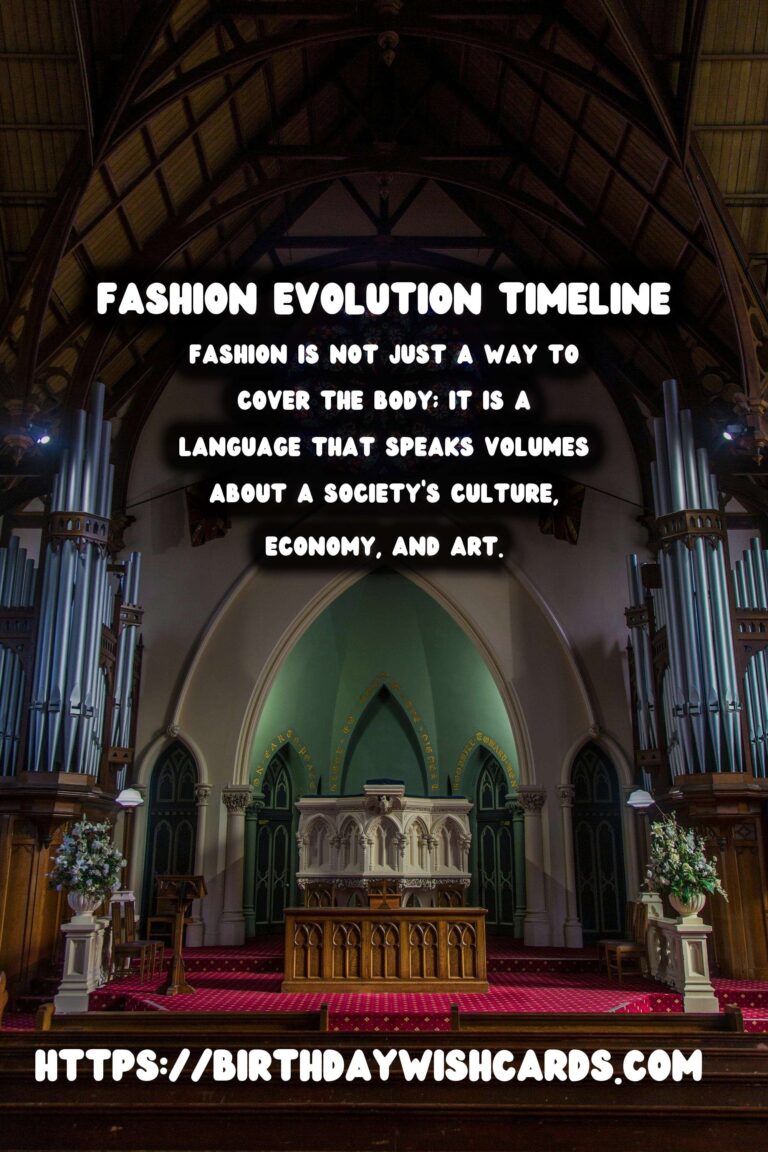
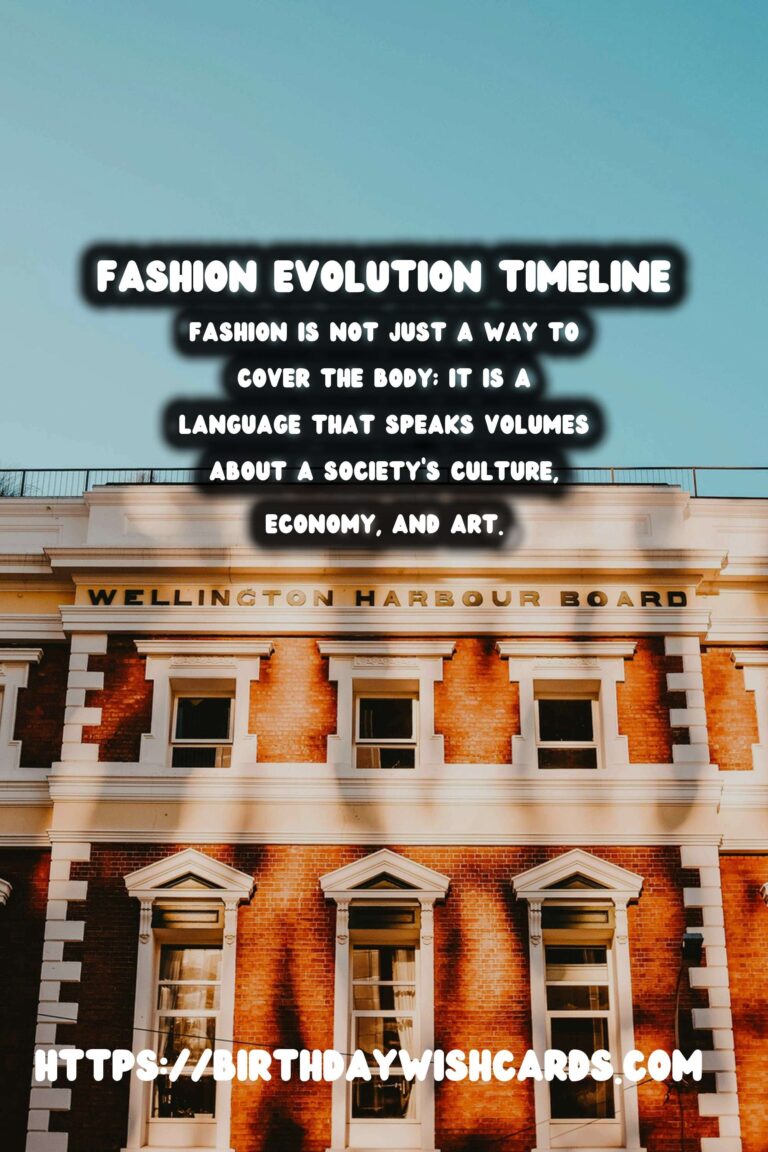
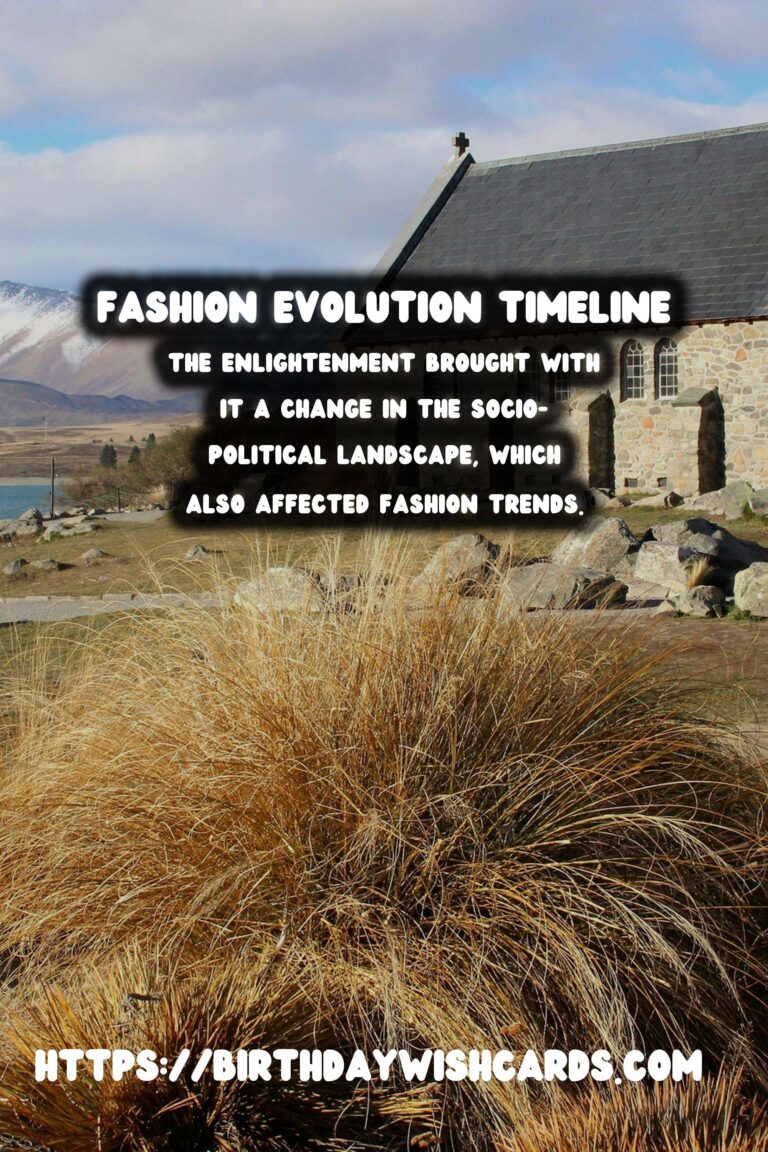
#HistoricalFashion #FashionHistory




